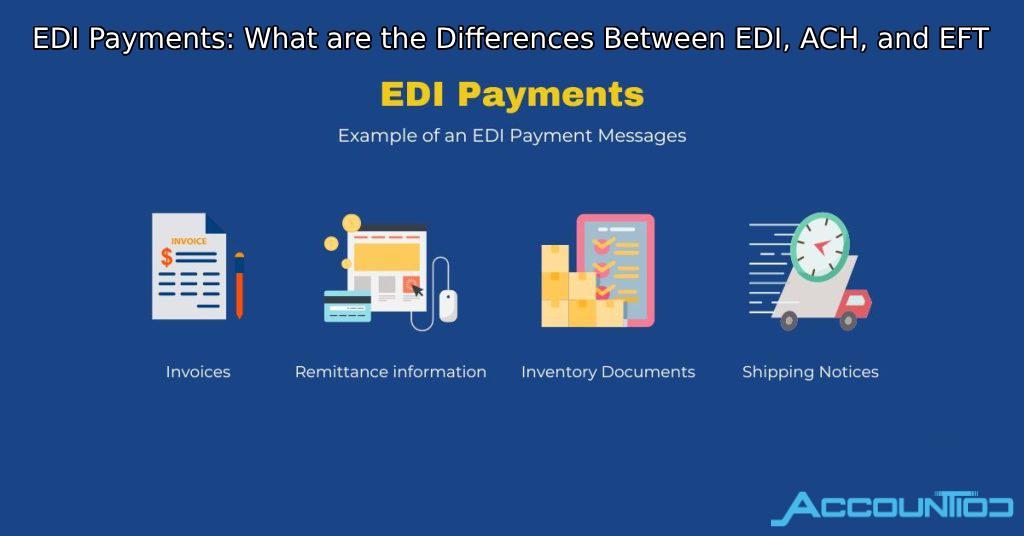Electronic Data Interchange( EDI) is a system of exchanging data between device to device in an encrypted form. Manually data exchange could lead to security concerns, unwanted breaches, non clarification of data, etc. EDI played a vital role at that time. You can securely exchange the data which also enhances productivity in dealing and management in business workflow.
In this article, we are going to see how EDI payments are beneficial and how they stand out from other systems like ACH, EFT, and manual.
About EDI Payment
This mode of making payment opts for a standardized format for exchanging data between two parties. You can securely exchange documents between you and your business partner or others quickly with just some clicks with EDI.
Now you know what is edi payment, let’s discuss it’s different types:
- Web EDI: this is the most general type of EDI in which you can use your web browser to exchange data security. You don’t need to have a non clarification system for that. It is more suitable mainly for small and medium-sized organizations that occasionally share confidential information on the Internet.
- Direct EDI: organizations with a large number of daily transactions usually use Direct or point-to-point EDI. It allows you to connect every partner directly and control the entire organization’s data exchange system.
- Others: there are other types of EDIs also available that are not so popular but can be used for different purposes.
Why is EDI More Popular and Effective than a Manual System?
Human beings tend to make mistakes but machines do not. This is the most common reason why the world is moving towards EDI payment rather than manual ones. Creating invoices, sending faxes or emails, receiving faxes, and then making payment, are all these steps where there is involvement of people. But the working of EDI is internal, there is no human being involved and hence more secure and zero prone to errors.
Let’s see the benefits that an EDI payment system provides:
- Can establish good business partner relationships
- Involves less number of processing steps.
- Less prone to errors
- Processing speed will become fast
It is today’s need to switch your organization from manual to EDI because it also reduces the overall cost of the business.
How are EDI, ACH, and EFT Different?
Generally, all of these terms are used interchangeably even when you know what is an edi payment is, but they are all different. Let’s discuss how:
- EDI: Electronic Data Interchange
ACH: Automated Clearing House
EFT: Electronic Funds Transfer
- ACH and EFT are electronic payments but EDI is not. EDI is a payment-related data exchange system.
- EFT is a broad term in which various payment systems are involved like ACH. ACH is related to the movement of funds from one bank to another. And EDI is used just to exchange the data.
- EFT is also processed using ACH and entirely transacted electronically. Whereas ACH and EDI consist of remittance information.
Finally
Visit Accountiod to get more knowledge of finance-related concepts via their easy-to-understand language blogs.
Visit: https://www.backlinkget.com/




